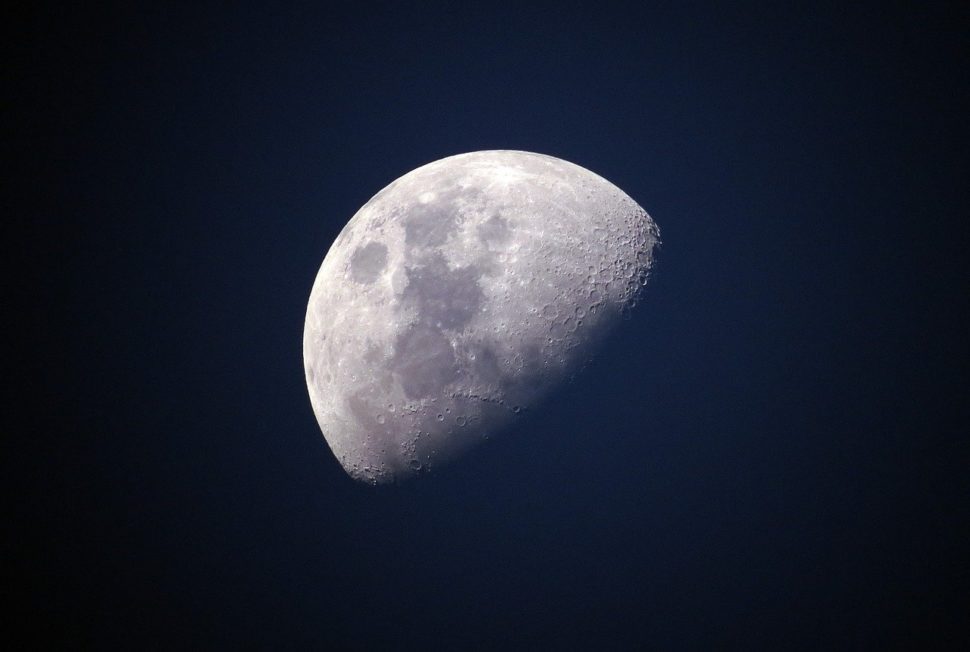Fifty years after Neil Armstrong first stepped on the lunar ground, the Moon is experiencing a revival of strategic interest from many countries
The U.S., China, the EU, and other countries all want to establish a permanent presence on Earth’s satellite to mine its riches and use it as a space gateway for Mars and beyond.
But no party could dream of a lunar future without finding a practical solution for a detail of greater importance: water.
Besides liquid groundwater, there’s an abundance of water in the form of ice in dark and cold spots around the lunar poles. Ice is more significant in this case than liquid water because it’s more readily-available with no digging involved.
Contrasting with its barren image, the Moon holds other secrets related to water.
The Moon’s Natural Chemical Factory for Water
There is definitive evidence of the existence of different forms of water on the Moon. But how did all this water come to be?
According to a new study from NASA , solar wind provided the necessary elements for water to exist on the Moon’s surface.
Solar wind is a stream of plasma (charged particles) that gets ejected from the Sun across the solar system at speeds of nearly 1 million miles per hour.
According to the research team, these streams constantly blast the Moon’s surface “they enrich the Moon’s surface in ingredients that could make water,”.
Physicists and planetary scientists at NASA’s Goddard Space Flight Center used a computer simulation to discover the chemistry behind this phenomenon.
They found that the process unfolds as follow:
Protons in solar wind interact with electrons on the Moon to form hydrogen atoms. Then, when hydrogen atoms encounter oxygen atoms, which are abundant on the surface, they bind together to make hydroxyl molecules, a component of H2O, or water.
Read More: Moon Express Plans to Mine the Moon by 2020
William M. Farrell, a Goddard’s plasma physicist who contributed to the development of the simulation, thinks of water “as this special, magical compound. But here’s what’s amazing: every rock has the potential to make water, especially after being irradiated by the solar wind.”
These insights into the workings of the lunar chemical factory for water are significant to NASA’s future Moon missions.
“We’re trying to learn about the dynamics of the transport of valuable resources like hydrogen around the lunar surface and throughout its exosphere, or very thin atmosphere, so we can know where to go to harvest those resources,”
said Orenthal James Tucker, a physicist at Goddard who led the research and presented the simulation results.


















Comments (0)
Most Recent